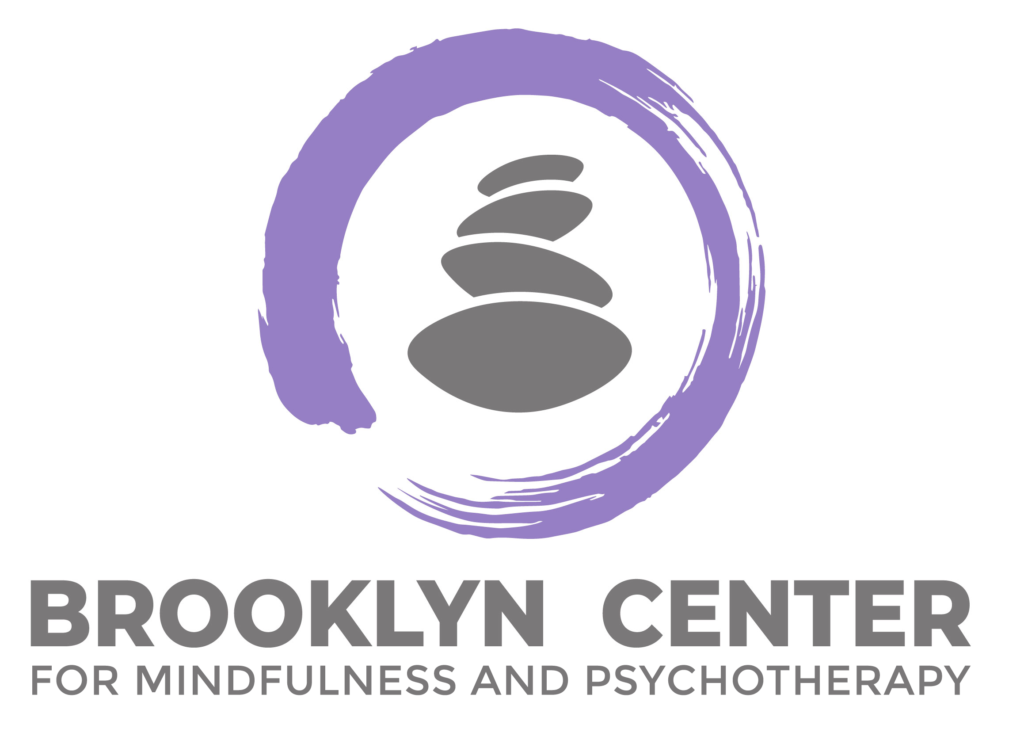Introduction
Trauma can leave deep and lasting imprints on the mind and body. Whether it’s the result of a single overwhelming event, a series of ongoing stressors, or childhood experiences that linger into adulthood, trauma has a way of showing up long after the event is over. Many people describe feeling “stuck” — as if part of them is frozen in the past, replaying memories, emotions, and sensations that won’t fade.
The good news is that effective treatments exist, and one of the most widely researched and powerful approaches is Eye Movement Desensitization and Reprocessing (EMDR) therapy. This evidence-based method helps the brain process unresolved memories so that healing can occur. In this article, we’ll explore what trauma really is, how it affects the brain, what EMDR therapy involves, and how it can help you reclaim your life.
What is Trauma?
The word trauma comes from the Greek term for “wound.” In psychology, trauma refers to emotional wounds that result from deeply distressing or disturbing experiences. Trauma is not only about what happened — it’s also about how the nervous system responded to it.
There are several forms of trauma:
- Acute trauma: a single overwhelming event, such as an accident, natural disaster, or assault.
- Chronic trauma: repeated exposure to distressing events, such as domestic violence, bullying, or ongoing workplace harassment.
- Complex trauma: multiple traumatic experiences, often beginning in childhood, such as abuse, neglect, or unstable caregiving.
Trauma symptoms often include:
- Intrusive memories or flashbacks
- Avoidance of reminders
- Anxiety, irritability, or hypervigilance
- Difficulty concentrating or sleeping
- Feelings of shame, guilt, or hopelessness
While trauma symptoms vary, what they share in common is that they disrupt a person’s ability to feel safe, present, and connected.
How Trauma Affects the Brain and Body
When a person experiences trauma, the brain’s normal memory processing system can become disrupted. Instead of storing the memory as a past event, the brain may hold onto it as if it’s still happening right now. This is why survivors often feel “triggered” — the nervous system replays the event in the present moment.
Key brain areas involved include:
- Amygdala: the brain’s alarm system, which becomes overactive after trauma.
- Hippocampus: responsible for memory storage; trauma can impair its ability to file memories properly.
- Prefrontal cortex: helps regulate emotions; trauma can weaken its calming influence.
The result is a nervous system that feels on edge, memories that are fragmented or overwhelming, and a body that responds with anxiety, tension, or shutdown.
What Is EMDR Therapy?
Eye Movement Desensitization and Reprocessing (EMDR) is a structured therapy developed by Dr. Francine Shapiro in the late 1980s. It is based on the idea that trauma disrupts the brain’s natural healing process. EMDR helps the brain “unstick” those memories and reprocess them so they can be integrated in a healthier way.
Unlike traditional talk therapy, EMDR does not require clients to go into detail about every aspect of the traumatic event. Instead, it uses a combination of focused attention and bilateral stimulation — often side-to-side eye movements, tapping, or sounds — to help the brain reprocess distressing memories.
How EMDR Therapy Works in Practice
EMDR is an eight-phase treatment model that provides structure and safety. Here’s an overview:
- History taking and treatment planning – The therapist learns about your history, symptoms, and goals. Together you identify memories, triggers, or negative beliefs to target.
- Preparation – The therapist explains EMDR, establishes trust, and teaches grounding or relaxation strategies to ensure you feel safe.
- Assessment – A specific memory is chosen. You identify related images, beliefs, emotions, and body sensations.
- Desensitization – Bilateral stimulation (eye movements, tapping, or sounds) is used while you recall aspects of the memory. The brain begins reprocessing the memory in a more adaptive way.
- Installation – Positive beliefs replace old, negative self-statements (e.g., shifting from “I am powerless” to “I am strong and in control now”).
- Body scan – You check for lingering tension. This ensures the memory no longer triggers distress in the body.
- Closure – Each session ends with grounding techniques to ensure you feel stable.
- Reevaluation – In future sessions, the therapist reviews progress and addresses new material if needed.
Benefits of EMDR Therapy
Research consistently shows that EMDR is effective for trauma, PTSD, and related conditions. The World Health Organization (WHO) and the American Psychological Association (APA) recognize it as a recommended treatment for trauma.
Benefits include:
- Reduction of emotional distress and trauma symptoms
- Decreased intensity of flashbacks and triggers
- Improved concentration and sleep
- Greater emotional regulation and resilience
- Strengthened self-esteem and sense of safety
- Freedom from avoidance behaviors
Many clients describe EMDR as a process that allows them to “finally feel like the past is in the past.”
Who Can Benefit From EMDR Therapy?
While EMDR was originally developed for PTSD, it is now used for a wide range of concerns, including:
- Childhood abuse or neglect
- Anxiety and panic attacks
- Depression linked to unresolved trauma
- Grief and complicated loss
- Medical trauma or accidents
- Phobias and performance anxiety
- OCD symptoms connected to traumatic experiences
Because EMDR does not require detailed verbal descriptions of the trauma, it can be especially helpful for clients who find it difficult to talk about what happened.
A Positive Path Forward
Living with trauma symptoms can feel exhausting and isolating. But you are not broken — your brain and body have been doing their best to protect you. EMDR therapy offers a pathway to help your nervous system complete the healing process that was interrupted by trauma.
Healing doesn’t mean erasing the past; it means being able to remember without reliving. With EMDR, many people find they can finally let go of old fears, reconnect with themselves, and move forward with greater peace and resilience.
Conclusion and Call to Action
Trauma is not a life sentence. Evidence-based therapies like EMDR make recovery possible. If you’ve been searching for “EMDR therapy near me” or wondering how to heal from trauma, know that help is available.
Working with a trained EMDR therapist can help you reprocess painful memories, reduce anxiety, and rebuild a sense of safety in your life. You deserve to heal, and you don’t have to do it alone.



